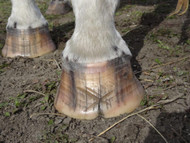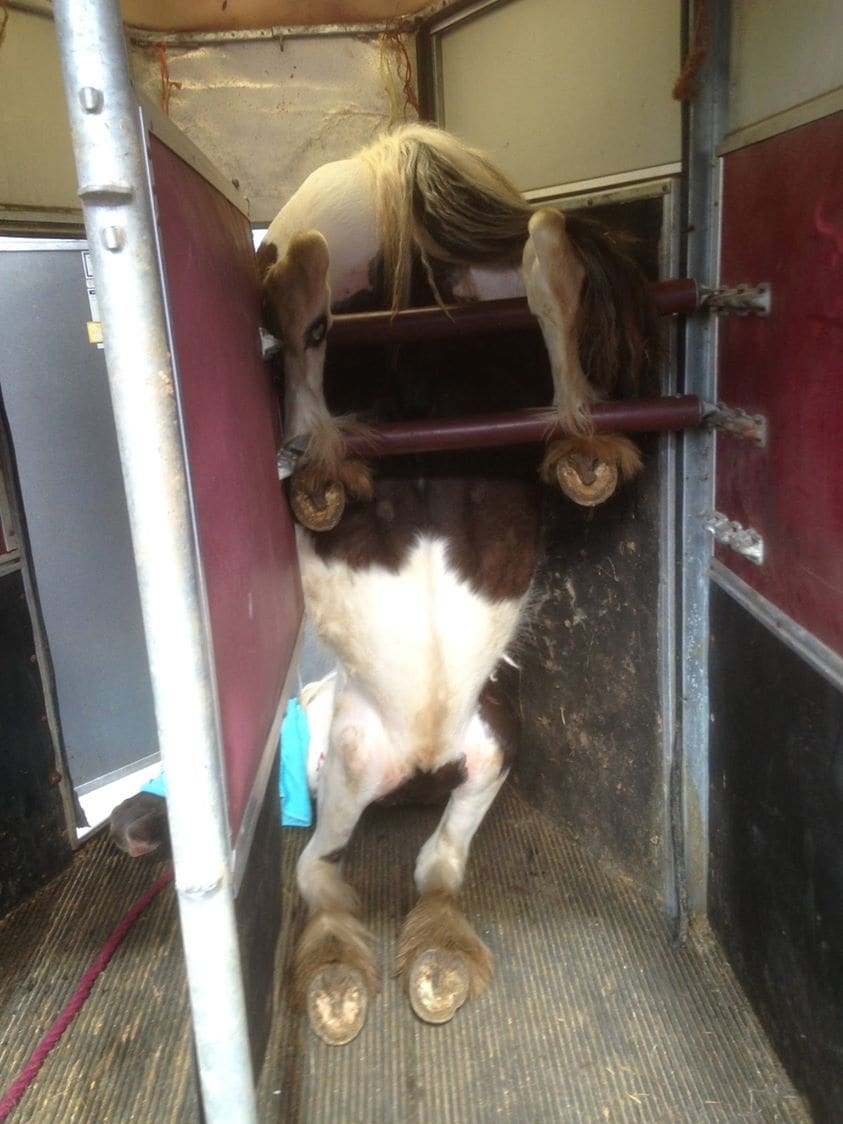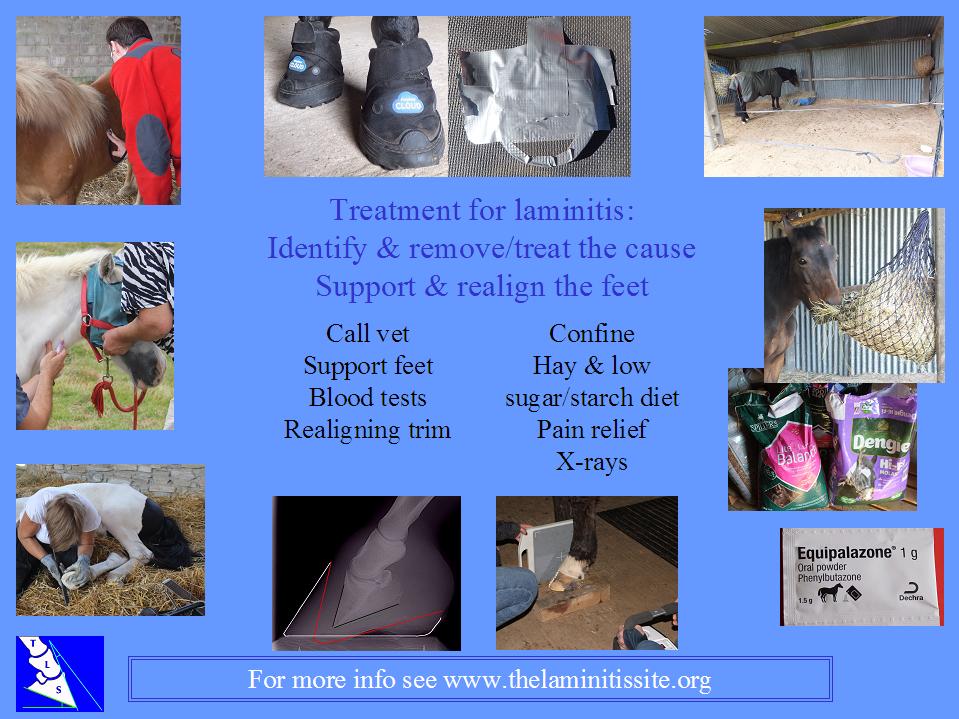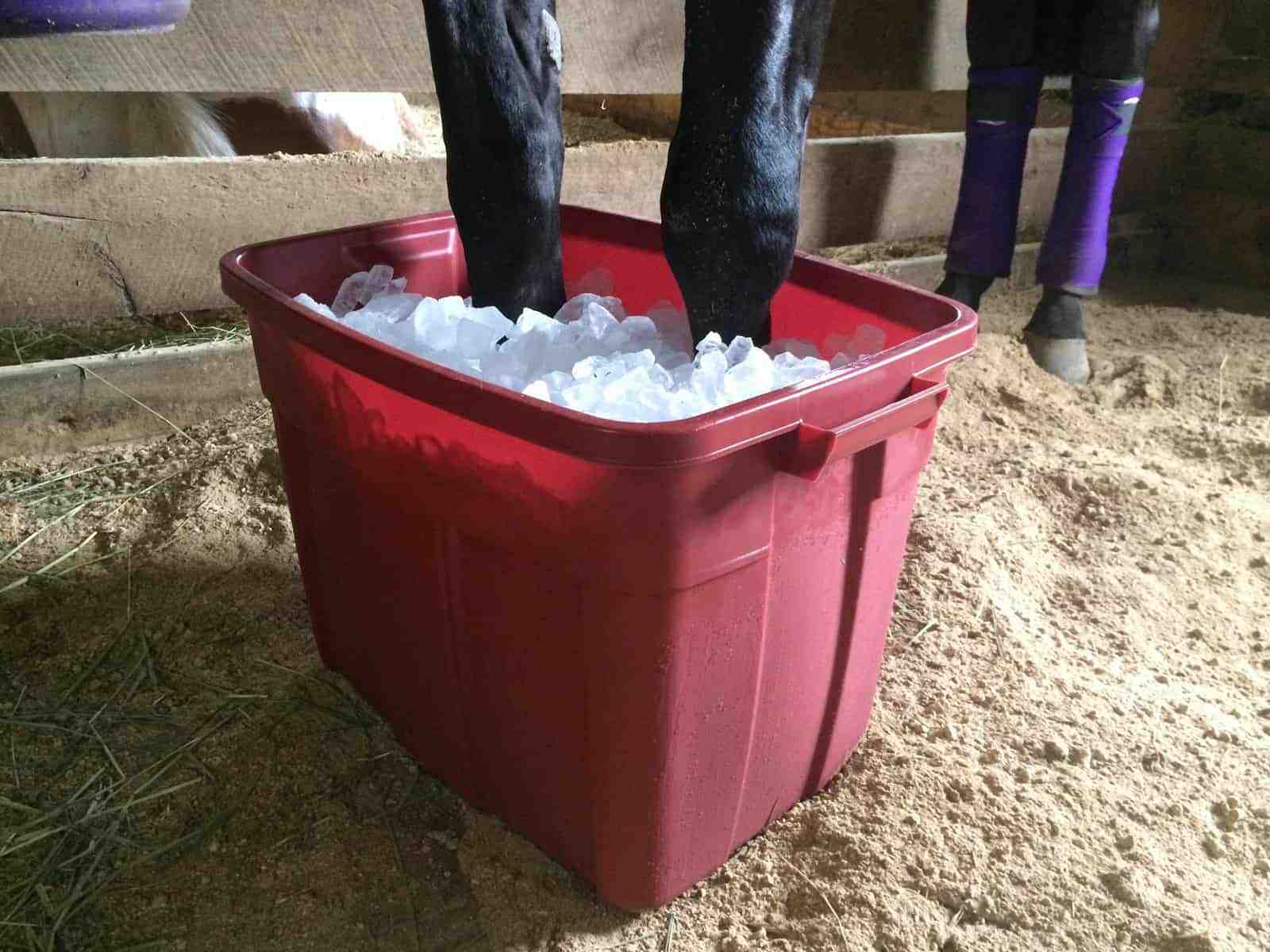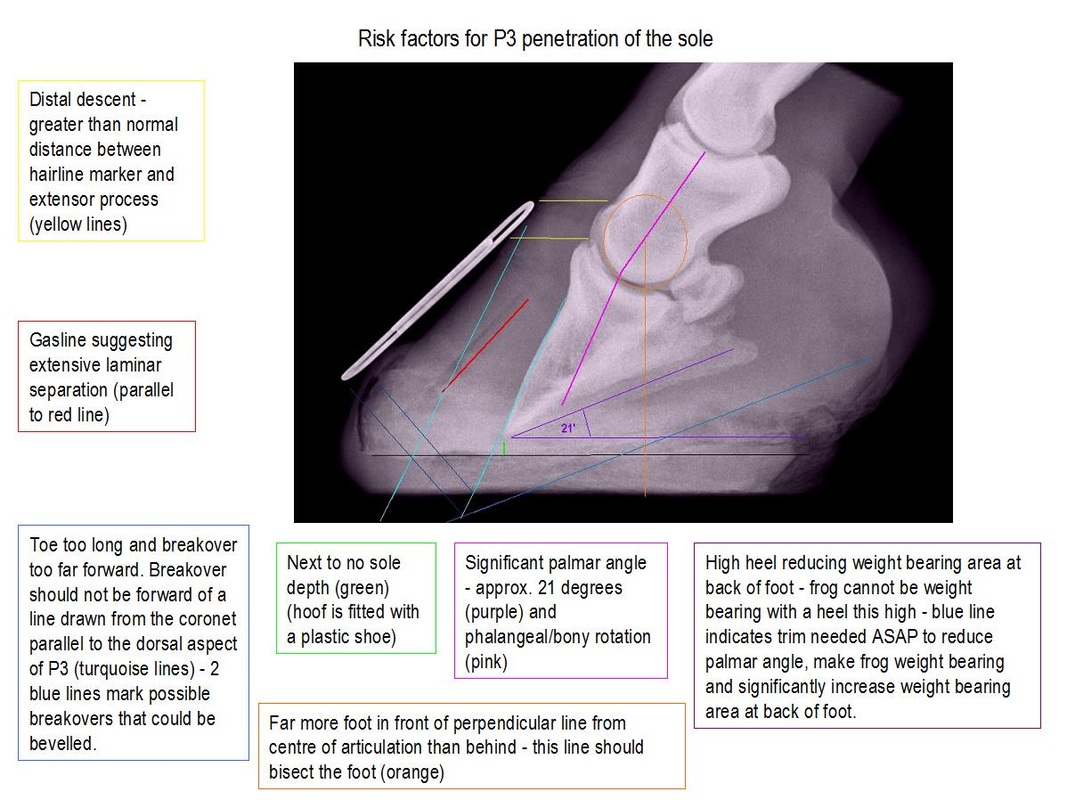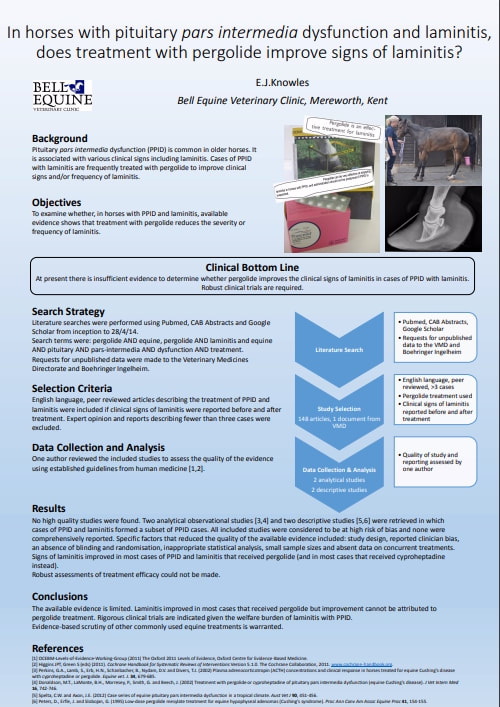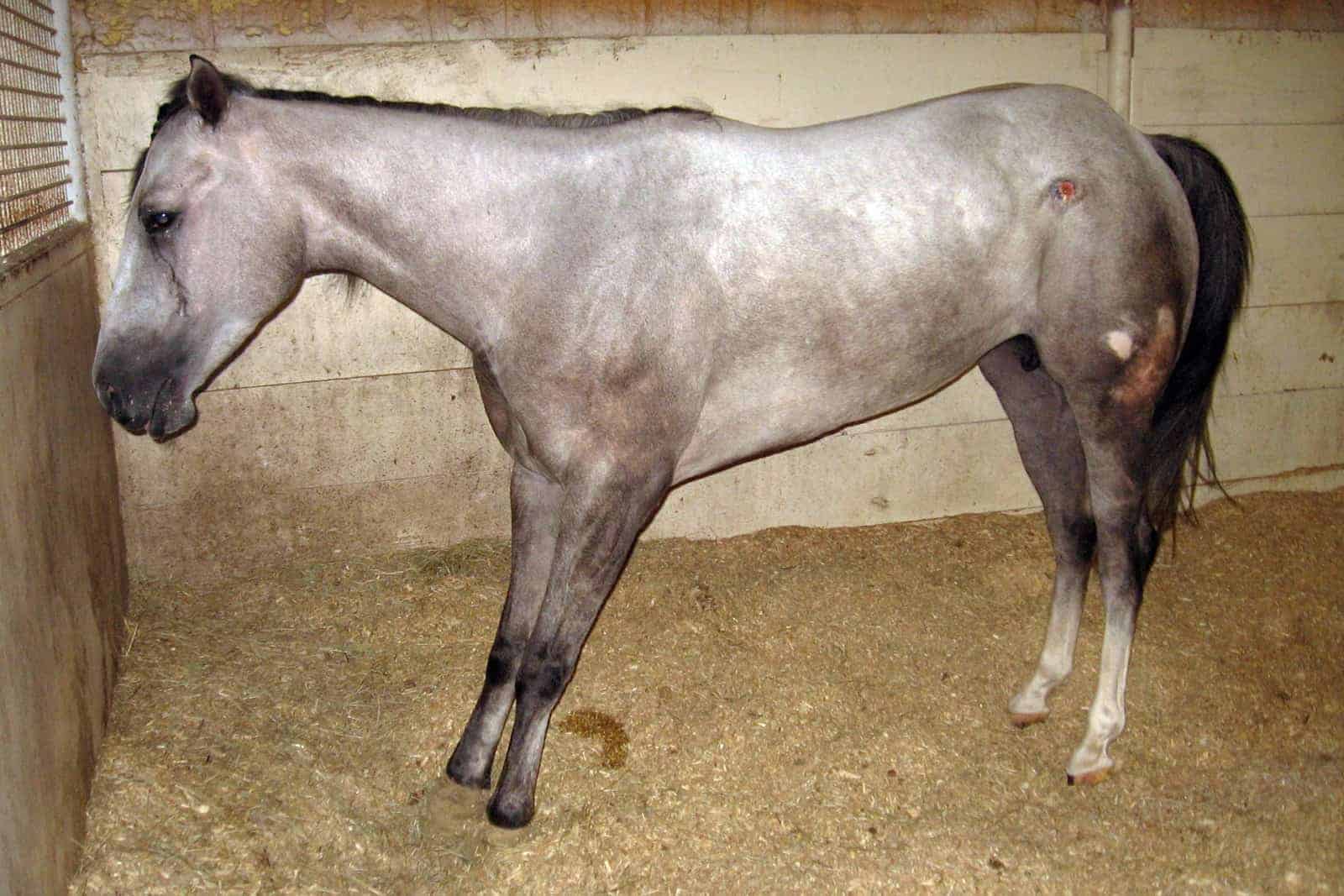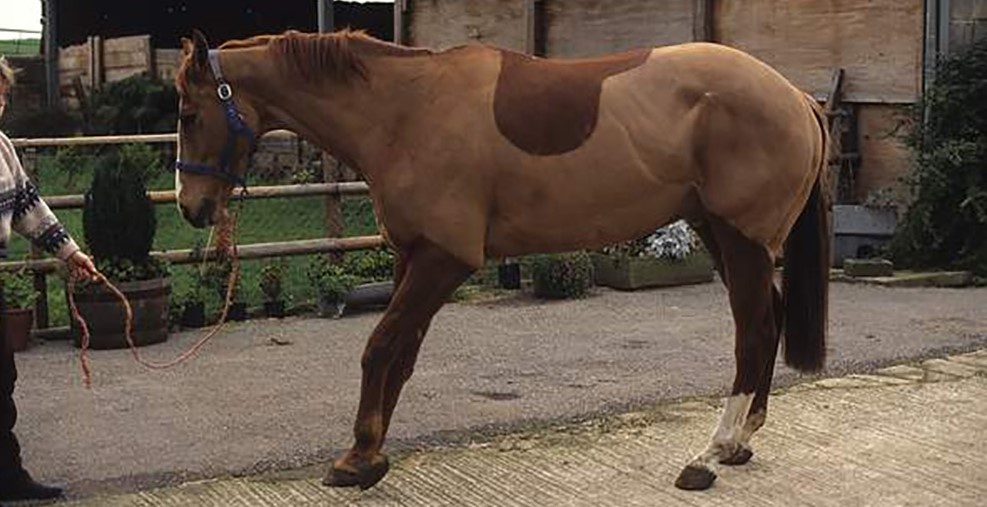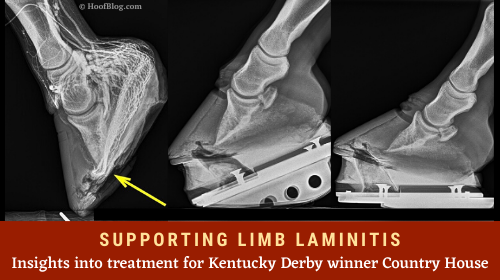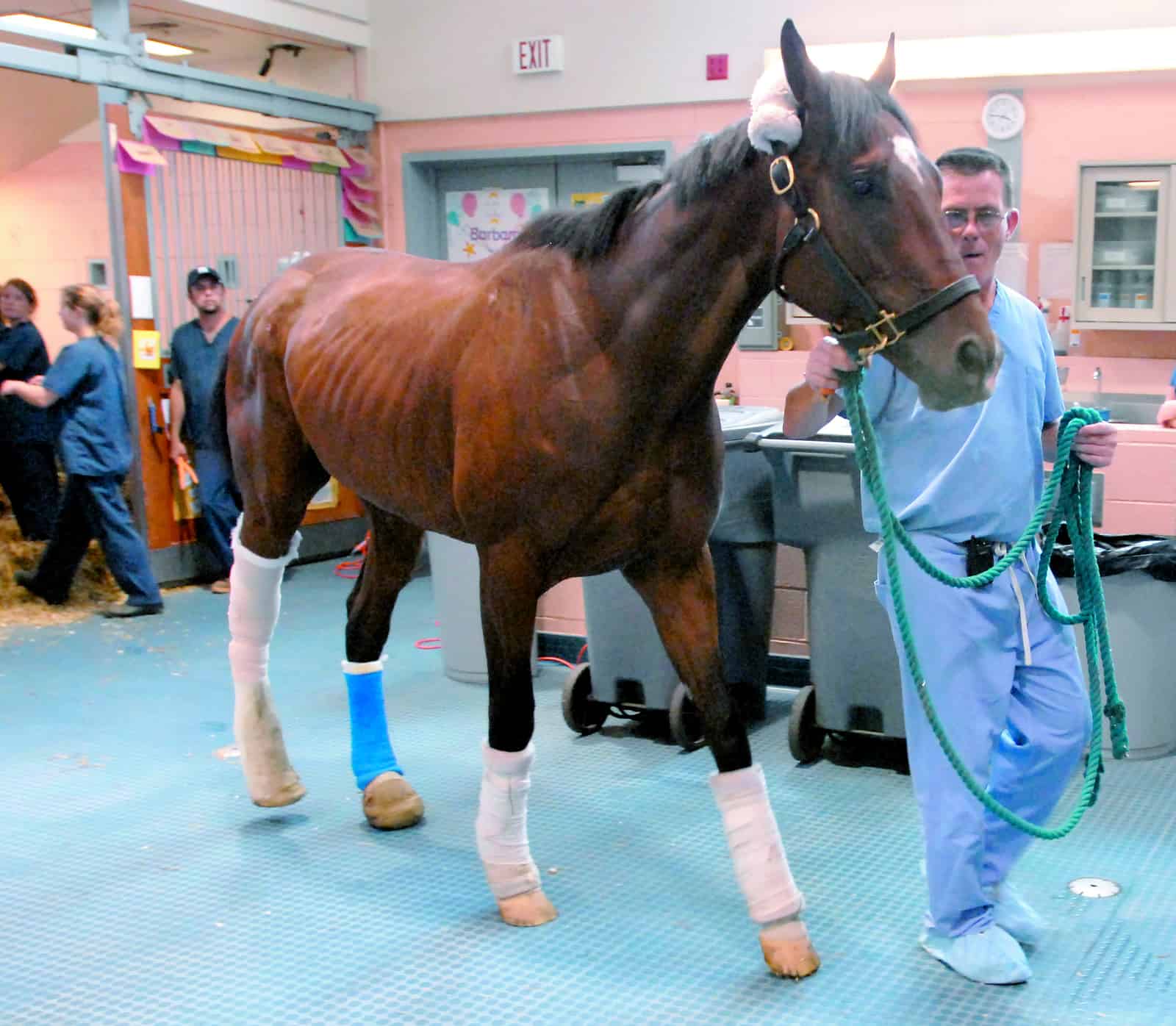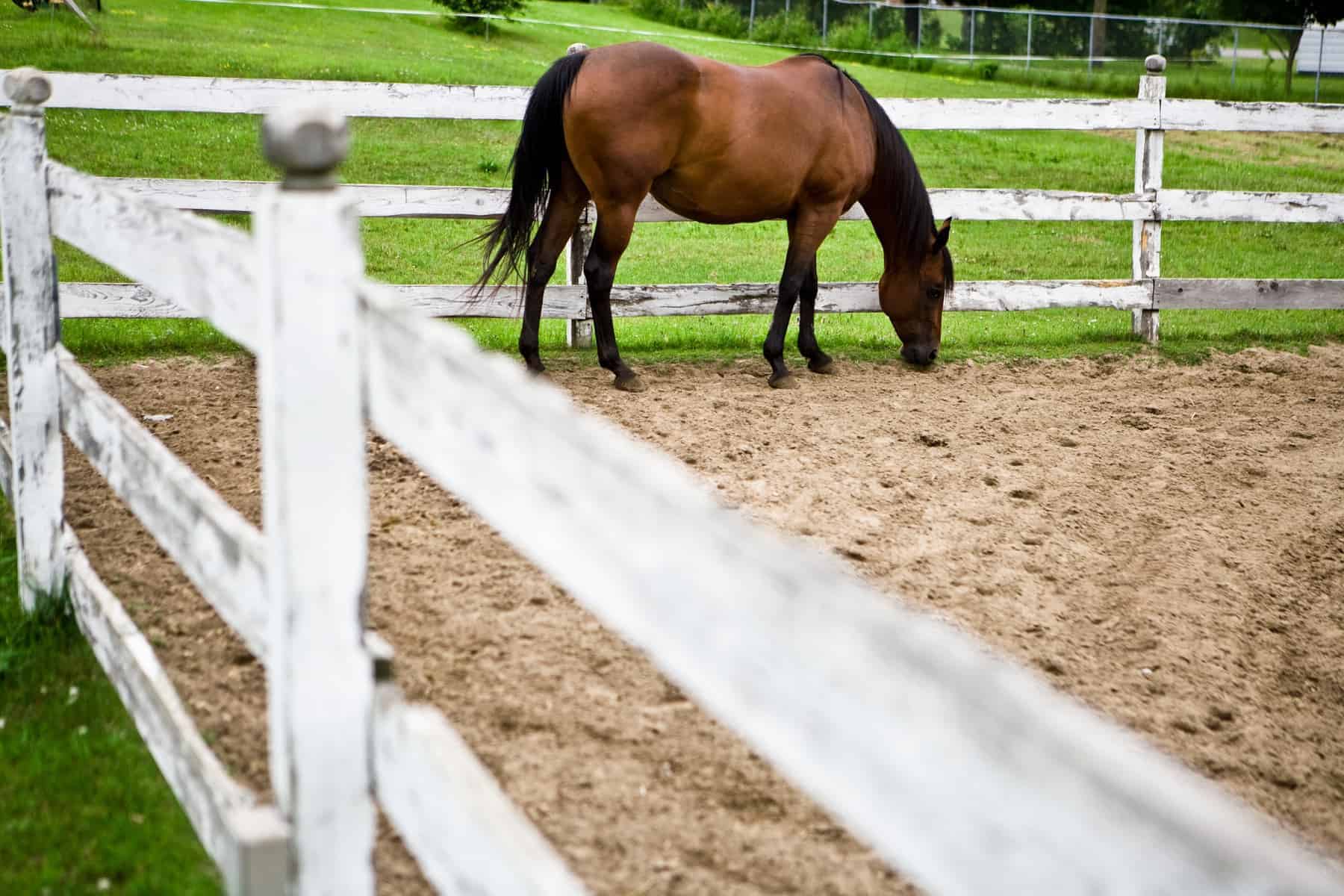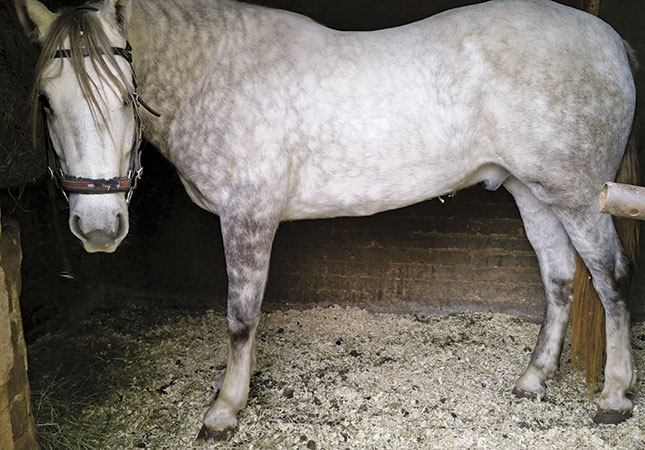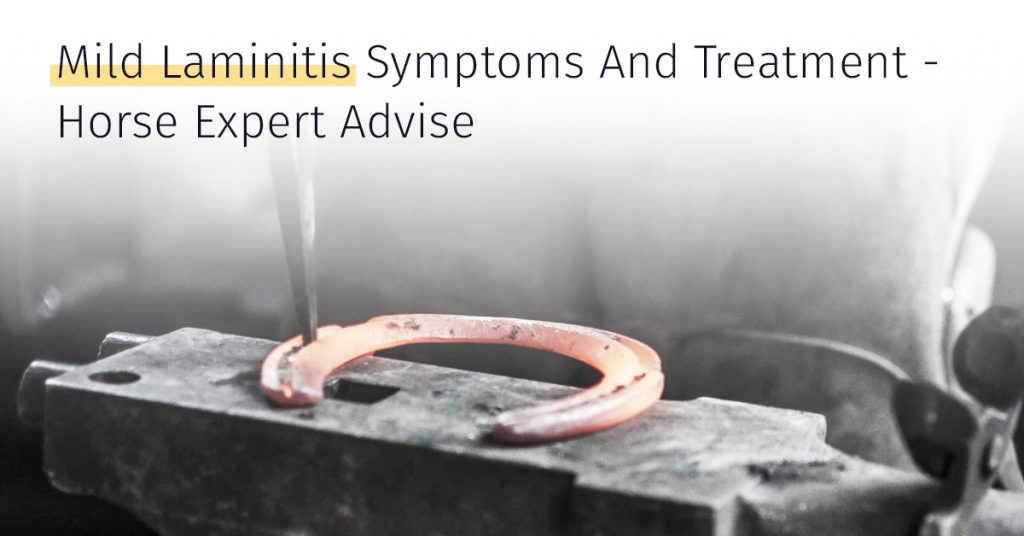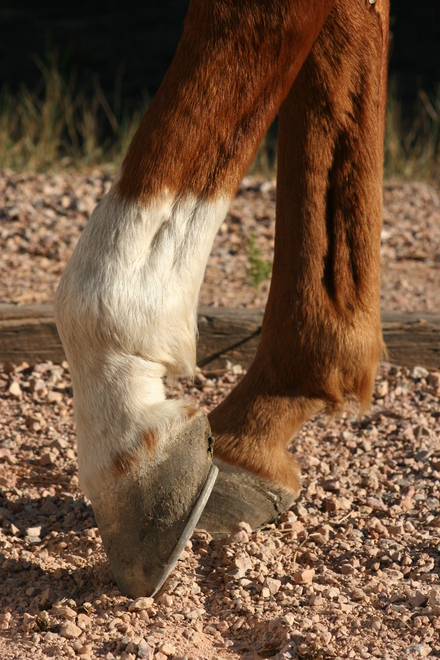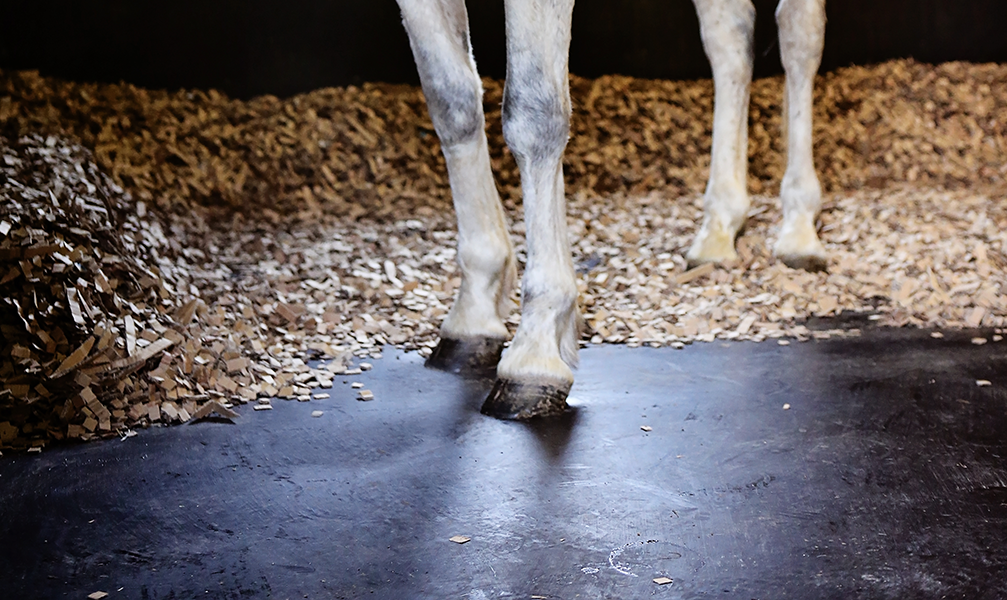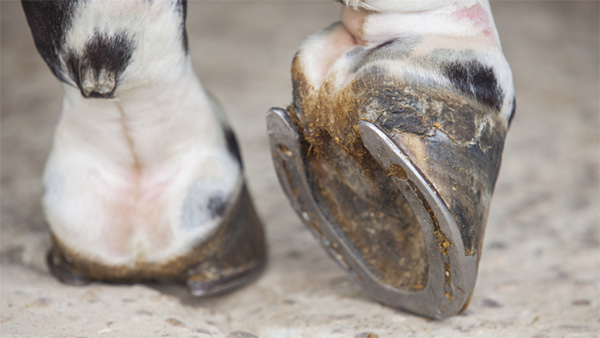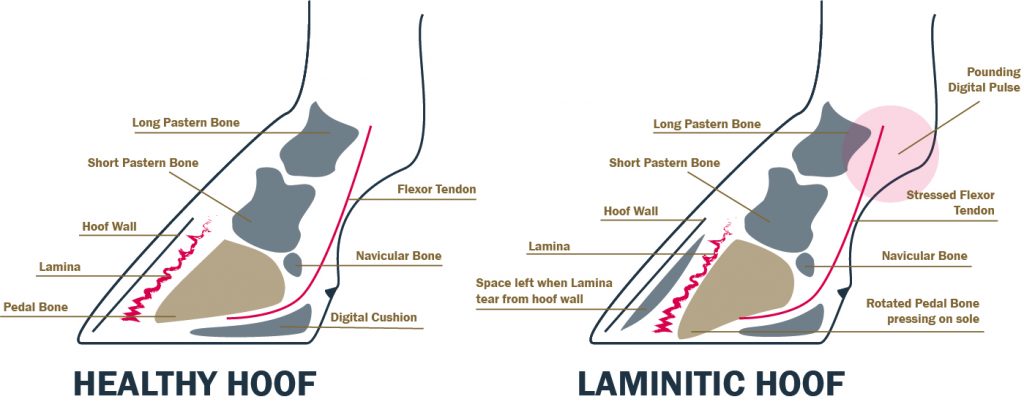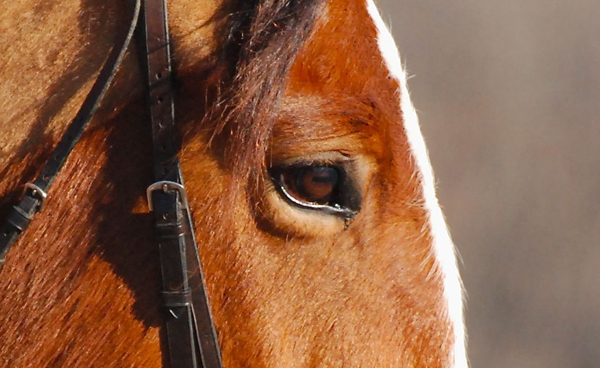After a long journey due to the transportation of horses introduction to the new environment staying a long time in hard standing riding horses in the unknown trail and unfamiliar stablemates may also lead to.
Treating stress laminitis.
Traumatic laminitis is caused by repeated physical trauma to the feet during e g.
Diagnosing and treating the primary problem laminitis is often due to a systemic or general problem elsewhere in the horse s body.
You might also see your horse pushing its feet forward to relieve the pain while standing.
Many chronic laminitis horses lose weight due to the stress of walking in pain and actually need increased amounts of feed.
A dramatic change in environment and or frequent travelling particularly for overweight animals can trigger laminitis.
When travelling long distances or separated from field companions.
Additionally check to see if your horse has flaky hooves or odd shaped rings on them.
The sooner treatment begins the better the chance for recovery.
These toxins provoke a response within the horse that is thought to disrupt blood flow which in the feet can cause laminitis.
This could be considered a hormonal risk factor.
Treatment will depend on specific circumstances but may include the following.
To recognize and treat laminitis in a horse start by looking out for the initial signs of laminitis which include loss of appetite and pain while walking.
Higher levels of protein up to 14 and calories may be needed in the horses with weight loss problems.
Mares are also at risk shortly after foaling because of the additional physical stress.
Laminitis horses that are normal weight or underweight often do well on the senior diets which are high fat.

